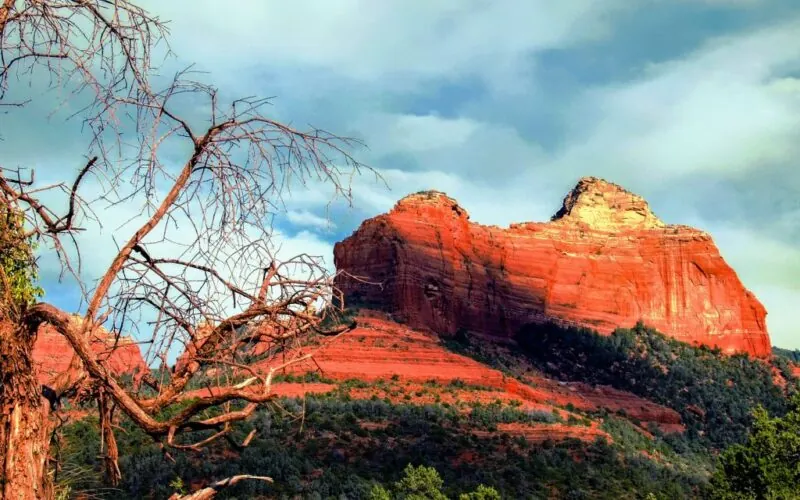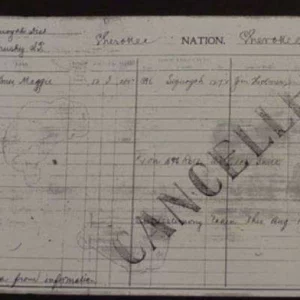Arizona Native American Travel Guide
When you think of Arizona, images of the Grand Canyon, the red rocks of Sedona, or the Sonoran Desert might first come to mind. But dig a little deeper and you’ll find a rich tapestry of tribal heritage that has shaped this land for thousands of years. With 22 federally recognized tribes, Arizona has a deep Native American history waiting to be explored.
The Tribes of Arizona
While Arizona is home to 22 tribes, some of the most prominent ones include the Navajo Nation, the Hopi Tribe, the Tohono O’odham Nation, and the Pima (Akimel O’odham) and Maricopa (Pee Posh) tribes.
Navajo Nation
The largest federally recognized tribe, the Navajo Nation has a reservation located in portions of Arizona, Utah, and New Mexico. The Navajo culture is deeply connected to the land, reflected in their traditions, stories, and ceremonies.
Hopi Tribe
Residing in northeastern Arizona, the Hopi people are renowned for their kachina dolls and pottery. They live in one of the oldest continuously inhabited places in America, the Hopi Mesas.
Tohono O’odham Nation
Spanning across the Sonoran Desert, they were once known as the Papago and have a rich history of farming and basketry.
Pima and Maricopa Tribes
Located closer to Phoenix, these tribes have a long history of agriculture and have made significant contributions to the region's development.
Explore Tribal Museums and Native Cultural Centers
Heard Museum (Phoenix)
This is an excellent starting point for anyone looking to immerse themselves in Native American art and culture. It offers exhibits on traditional and contemporary art, a native foods garden, and events throughout the year. The Heard Museum is also home to the annual Hoop Dance World Championships.
Navajo Nation Museum (Window Rock)
Delve into the history and culture of the Navajo people. The museum hosts art exhibitions, cultural artifacts, and information about the Navajo language.
Huhugam Heritage Center (Gila River Indian Community)
This center is dedicated to preserving the cultures of both the Pima and Maricopa tribes. Here, visitors can explore various artifacts, art pieces, and multimedia displays.
Dine at Native American-inspired Restaurants
Kai Restaurant (Chandler)
Arizona's only AAA Five Diamond and Forbes Five Star restaurant, Kai offers a menu inspired by Native American traditions. Using indigenous ingredients, Kai delivers a unique and luxurious dining experience.
Fry Bread House (Phoenix)
A local favorite, this eatery showcases the traditional Native American dish of fry bread. It's simple yet delightful, often served with honey or as part of a “Navajo taco”.
Tocabe, An American Indian Eatery (Mesa)
Bringing flavors from various tribes, Tocabe offers a contemporary take on Native American cuisine. From bison ribs to wild rice bowls, there's something for everyone.
Engage in Cultural Events and Festivals
Hopi Festival of Arts & Culture (Flagstaff)
Every summer, the Museum of Northern Arizona hosts this event, celebrating Hopi crafts, music, dance, and food.
Navajo Nation Fair (Window Rock)
As the largest Native American fair in the U.S., this event features traditional song and dance, rodeo events, and an arts market.
Pow Wows
Throughout the year, various tribes in Arizona host pow wows. They're wonderful events to witness traditional dance, music, and storytelling.
View List of All Arizona Pow Wows
Recommended Arizona Pow Wow
- Prescott Pow Wow
September – Prescott AZ - Navajo Nation Fair Pow WowSeptember – Window Rock AZ
- Pow Wow at Arizona State UniversityApril – Tempe AZ
- FHS Native American Club presents the 44th Annual Pow WowApril – Flagstaff AZ
- Apache Gold Intertribal Pow WowMarch – San Carlos AZ
- Orme Dam Victory Days Pow Wow
- November – Fort McDowell AZ
- San Carlos Veteran's Pow WowNovember – Peridot AZ
- Annual Roy Track Memorial Mesa Pow WowOctober – Mesa AZ
Embark on Tribal Tourism Adventures
Monument Valley Navajo Tribal Park
Managed by the Navajo Nation, this iconic landscape offers guided tours where Navajo guides share stories and history of their people.
Hopi Mesas
While respectful and guided visits are required, a trip here provides insight into the ancient ways of the Hopi people.
FAQs
1. How did the Native American tribes of Arizona adapt to the desert environment?
The Native American tribes of Arizona developed numerous adaptive techniques for the desert. The Hohokam, for instance, engineered an intricate network of canals in the Sonoran Desert for irrigation, turning the arid environment into arable land for farming maize, beans, squash, and cotton. The Tohono O'odham, meanwhile, became experts at harvesting and utilizing resources like the saguaro cactus, not only for fruit but also for constructing homes and tools.
2. How have Arizona's tribes contributed to the arts and crafts?
Arizona's tribes have a rich artistic heritage. The Navajo are famed for their elaborate rug weaving and silver jewelry. The Hopi are masters of pottery, creating detailed and symbolic pieces, and they're also known for their carved Katsina dolls which represent spiritual beings. The Apache, on the other hand, are skilled basket weavers, using techniques passed down for generations to produce intricate and durable baskets.
3. What's the significance of the Navajo Code Talkers during World War II?
During World War II, the U.S. military recruited Navajo speakers to serve as Code Talkers. They developed a code based on the Navajo language, which was virtually undecipherable to the enemy. This code played a pivotal role in the Pacific front, particularly during battles like Iwo Jima. The Code Talkers' contributions were kept a secret until 1968, but they are now celebrated as heroes for their role in the war effort.
4. Are there any specific rituals or dances that illustrate the depth of tribal cultures in Arizona?
Absolutely. The Hopi, for instance, have various dances throughout the year, such as the Niman or Home Dance, which marks the departure of the Katsinam spirits. The Apache have the Sunrise Dance, a rite of passage ceremony for young women. These dances and ceremonies provide profound insights into the spiritual and communal life of the tribes. However, it's crucial for visitors to be respectful, as not all ceremonies are open to outsiders.
5. How are Arizona's tribes addressing modern-day challenges like climate change and cultural preservation?
Arizona's tribes are on the frontline of addressing environmental challenges. The Hopi and Navajo, for instance, are already grappling with reduced water availability, prompting innovative agricultural practices. Tribes are also making strides in preserving their languages, with initiatives to teach younger generations in schools and community centers. Moreover, there's an active push to blend traditional knowledge with modern science to address ecological concerns.
6. Can tourists visit the reservations, and if so, what etiquette should they follow?
Yes, many reservations in Arizona are open to tourists. Places like the Navajo Nation welcome visitors to sites such as Monument Valley and Canyon de Chelly. However, it's essential to remember that reservations are sovereign lands. Always ask for permission before taking photos, especially of people. Respect any areas marked private, adhere to guidelines set by the tribe, and consider hiring local guides to gain genuine insights.
7. How do tribal enterprises like casinos and resorts contribute to Arizona's tribes?
Tribal enterprises, including casinos, resorts, and other businesses, have become significant economic drivers for many of Arizona's tribes. They generate revenue that's often reinvested in the community, funding services like healthcare, education, and infrastructure projects. These enterprises also provide employment opportunities for tribal members, fostering economic independence and sustainability.
Conclusion
Discovering Arizona’s rich tribal heritage is like peeling back layers of a vast, intricate tapestry. From ancient civilizations to modern contributions, the tribes of Arizona offer a vibrant glimpse into a legacy that stretches back millennia. As you travel through Arizona, take a moment to recognize and respect the land's original stewards, learn about their stories, and immerse yourself in the deep cultural roots that define this beautiful state.
Last Updated on October 10, 2023 by Paul G




